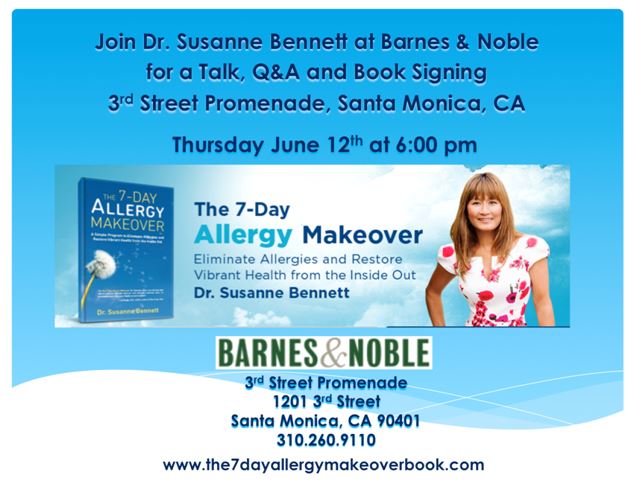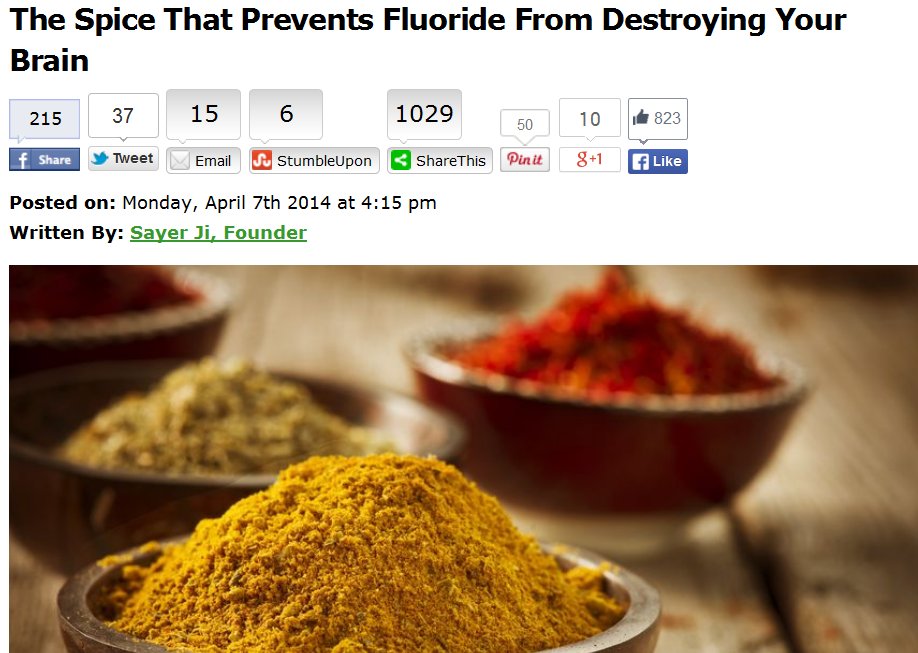With summer just around the corner and days getting longer, temperatures will continue to rise with warm sunshine and clear blue skies. More children and adults alike will be spending their spare time outdoors, playing, exercising, and enjoying the beautiful weather.
Before stepping outside, we want to be mindful about sun protection, and should apply a formula that protects our skin and children’s delicate skin. With so many different brands available as well as various types of chemicals in sunscreens and sunblocks, parents may feel overwhelmed and often have difficulty choosing the right type of formula or SPF.
 The most common question asked in my practice regarding sunscreens and sunblock is, “Which is the safest brand available for my child?”
The most common question asked in my practice regarding sunscreens and sunblock is, “Which is the safest brand available for my child?”
Sunscreens and sunblocks protect our skin by different mechanisms.
Sunblocks actually sit “on” the skin and act as a barrier to reflect away ultraviolet (UV) rays – both UVA and UVB radiation can cause sunburn and skin damage, and possibly even skin cancer.
Zinc Oxide and Titanium Dioxide are both sunblocking agents for both UVA and UVB rays. Sunblocks usually start at an SPF (Sun Protection Factor) of 15 or higher.
Sunscreens are made with chemicals that absorb and neutralize the ultraviolet radiation. Sunscreen chemicals typically protect against either UVA or UVB, while only a few protect against both types of radiation. As a result, sunscreens usually have mixtures of both kinds of chemicals in order to be labeled as “broad spectrum” – and to be fully protective. The SPF levels of sunscreen are widely varied, starting as low as 2 and rising as high as 100+.
There are strong concerns about chemical sunscreens acting as endocrine disruptors – compounds that mimic hormones and activate hormone receptors. Studies are showing that these chemicals can also generate powerful free radicals that can damage skin and possibly cause skin cancer (1)(2).
Specifically, the “protection” agents cause what we are trying to prevent! One study published in the April 2004 Journal of Chromatography found that sunscreen chemicals that are designed to prevent UV skin penetration can pass through your skin into the bloodstream.
This leads us to believe that the more applications of these “UV protectors”, and the longer you leave them on your skin, the more dangerous they becomes to your health.
SPF numbers are designed to describe the length of time you can stay in the sun before you start burning your skin. For example, if you normally start to burn after 30 minutes of direct sunlight, then an SPF 30 product should let you stay in the sun for approximately 30 times longer without burning.
Here are some helpful pointers on how to choose a healthy sunscreen / sunblock for you and your family:
- Look for formulas that have either zinc oxide or titanium dioxide in them. Out of the two, zinc oxide causes fewer allergic reactions. These are natural mineral compounds that will “block” the UV rays from penetrating the skin; the only drawback is that they may leave a white residue.
- Stay away from products claiming they use “nano-particles”, which can penetrate skin.
- Follow product warnings for infants under 6 months old.
- Stay away from synthetic estrogen compounds which appear under names such as Oxybenzone (benzophenone-3 and 4-methyl-benzylidene camphor (4-MBC), as well as other derivatives that are super free radical generators (causing skin damage) such as avobenzone, Parsol 1789, dioxybenzone, ethylhexyl p-methoxycinnimate, octyl methoxycinnamate, 2-ethylhexyl salicylate, Trolamine salicylate, homosalate, and PABA.
- Insect Repellents are often added to sunscreen, but should also be avoided, considering they are well known neurotoxins. Purchase cream-based products only.
- Avoid sprays and powders, as the vapors and particulates can easily be inhaled and irritate nasal passages and respiratory system.
- Use SPF 15-50. Avoid high SPF above “50+”, as the FDA says these numbers are misleading.
- Before using any sunscreen or sunblock, test it by applying a small amount to your child’s wrist. If the skin turns red, itchy, or irritated within 20 minutes, try another brand.
The best defense from damaging UV rays is prevention. Use these common-sense tips before grabbing the sunblock/sunscreens:
- Wear loose, cotton/linen, and light-colored clothes: long sleeve shirts, pants, and dresses will reduce UV rays from penetrating the skin. A good hat with a large brim will protect the face, neck, eyes and ears.
- For water sports, a rash guard or full-body swimsuit works beautifully for children who love to be in the water for hours at a time. Use a hat that can be cinched down under the chin.
- Play in the shade. Use a parasol or umbrella at the beach or park, and keep infants completely out of the sun: sunscreen should not be used under 6 months of age due to their sensitive skin.
- In addition, infants under the age of 12 months do not have enough melanin, a protective pigment in skin that helps block out UV rays.
- Schedule indoor or shaded workouts and play dates around the peak sun hours 11 AM to 4 PM.
- Wear polarized sunglasses to prevent skin damage around the eye and cataracts. Do attach the glasses to straps, so you don’t lose them!
- Use removable mesh window shields to keep direct sunlight from coming in through the windows of your car.
- Eat organic foods high in antioxidants to build up your “internal sunscreen”, including fresh organic vegetables and fruits such as berries, pomegranate, acai, and goji berries. For children who shy away from veggies, give them a daily antioxidant supplement loaded with Vitamin C, Vitamin E, and greens.
References:
- Garland, Cedric F. et al. Effect of sunscreens on UV radiation-induced enhancement of melanoma growth in mice. Journal of the National Cancer Institute, Vol. 86, No. 10, May 18, 1994, pp. 798-801.
- Larsen, H.R. “Sunscreens: do they cause skin cancer.” International Journal of Alternative & Complementary Medicine, 1994; 12(12): 17-19.
- http://www.ewg.org/skindeep/


 The most common question asked in my practice regarding sunscreens and sunblock is, “Which is the safest brand available for my child?”
The most common question asked in my practice regarding sunscreens and sunblock is, “Which is the safest brand available for my child?”


